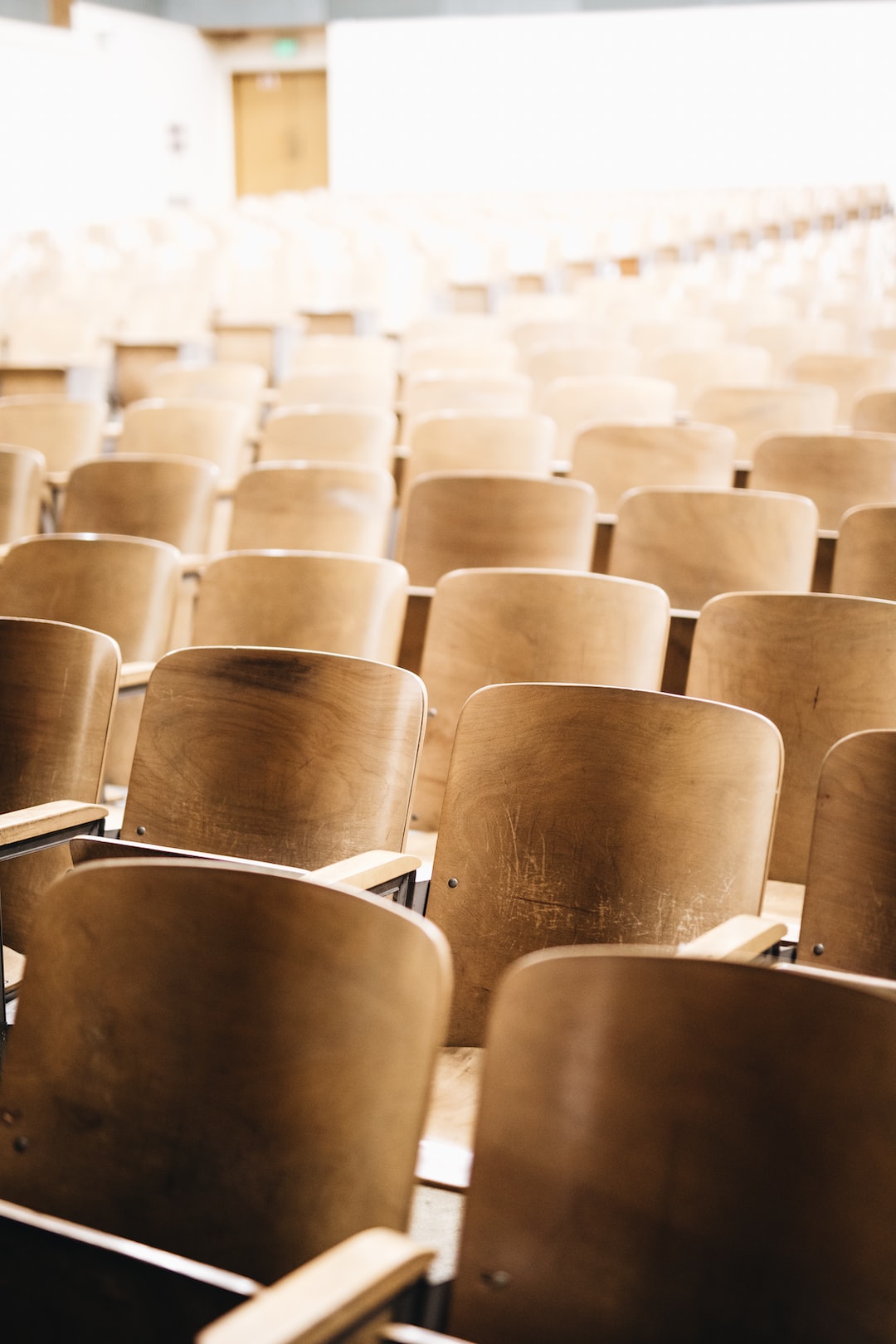
The impact of virtual reality in enhancing educational experiences
Share0Virtual reality (VR) is a revolutionary technology that has made significant strides in recent years. Initially associated with gaming and entertainment, VR has now found its way into various industries, including education. The potential of virtual reality in enhancing educational experiences is immense, as it offers students a unique and immersive learning environment that goes beyond traditional methods.
One of the key benefits of using virtual reality in education is the ability to create interactive and engaging experiences. VR allows students to step into different worlds and scenarios, enabling them to explore and experience things that would otherwise be impossible. For example, history students can visit ancient civilizations, science students can witness complex scientific processes in action, and geography students can explore the world without leaving the classroom. This level of immersion fosters a deeper understanding of the subject matter and enhances knowledge retention.
Another advantage of virtual reality in education is the ability to cater to different learning styles. Traditional teaching methods often rely on visual and auditory learning, leaving behind students who prefer hands-on or kinesthetic learning. Virtual reality can bridge this gap by offering a multi-modal learning experience. Students can engage with objects, manipulate them, and physically interact with their surroundings, accommodating a wider range of learning preferences. This inclusivity ensures that every student has an opportunity to learn and succeed.
Furthermore, virtual reality can also promote collaboration and social interaction among students. VR environments allow for teamwork and cooperation, enabling students to work together to solve problems or complete tasks. This collaborative approach not only strengthens interpersonal skills but also prepares students for real-world situations where teamwork is a crucial aspect. By working together in a shared virtual space, students can exchange ideas, debate, and learn from one another, creating a more dynamic and interactive learning experience.
Virtual reality can also be a valuable tool in challenging or dangerous environments where practical training can be costly, risky, or otherwise impossible. For example, medical students can practice complex surgeries or emergency response scenarios in a controlled virtual environment, minimizing the risk to patients and allowing mistakes to be made without consequences. Similarly, engineering students can simulate and troubleshoot complex machinery or construction projects. VR offers a safe and cost-effective alternative that ensures students are well-prepared for real-life situations.
Moreover, virtual reality can provide personalized and adaptive learning experiences. By analyzing student interactions and progress within a virtual environment, educators can tailor the content and difficulty level to each student’s needs and abilities. This adaptability ensures that students are challenged enough to make progress without feeling overwhelmed or bored. By receiving immediate feedback and guidance in a virtual setting, students can learn at their own pace, increasing their motivation and engagement.
Despite its numerous benefits, virtual reality is still a developing technology in the field of education. Infrastructure limitations, such as the cost of VR equipment and the need for high-speed internet, currently limit the widespread adoption of VR in schools and universities. Additionally, educators need to be trained on how to effectively integrate virtual reality into their teaching methods and curriculum.
In conclusion, virtual reality has the potential to revolutionize education by enhancing the learning experience, catering to different learning styles, promoting collaboration, and offering personalized and adaptive learning opportunities. As the technology continues to advance and become more accessible, virtual reality will undoubtedly play a significant role in shaping the future of education, transforming classrooms into immersive and interactive learning environments.
